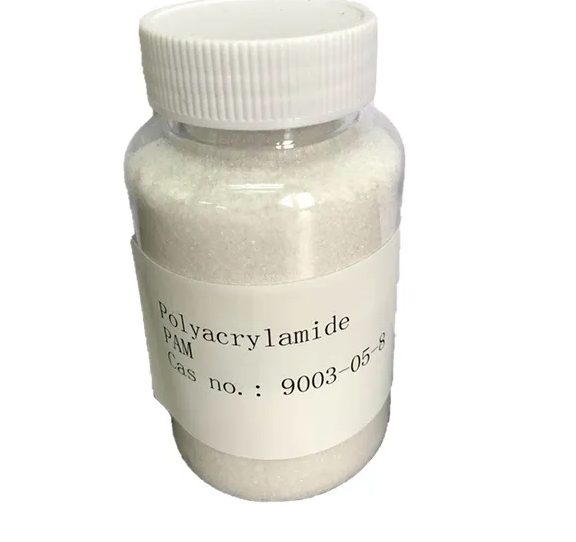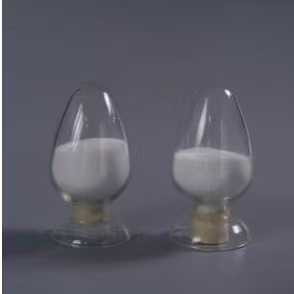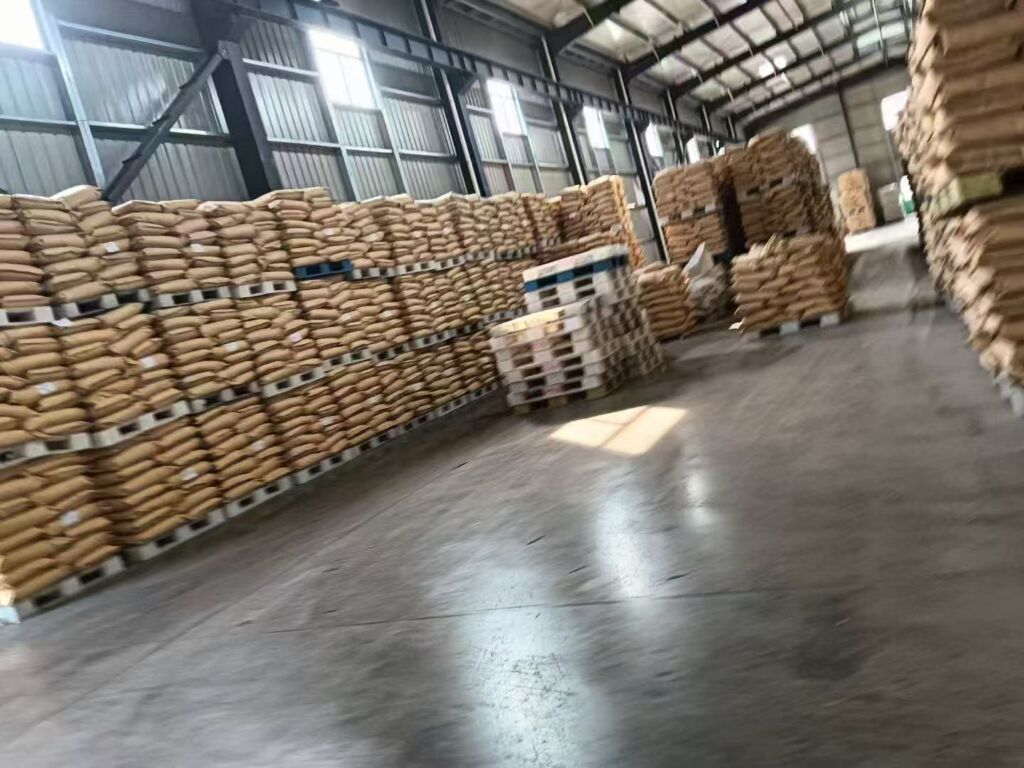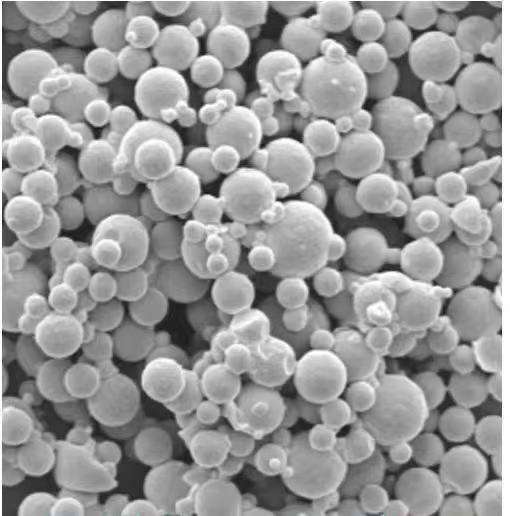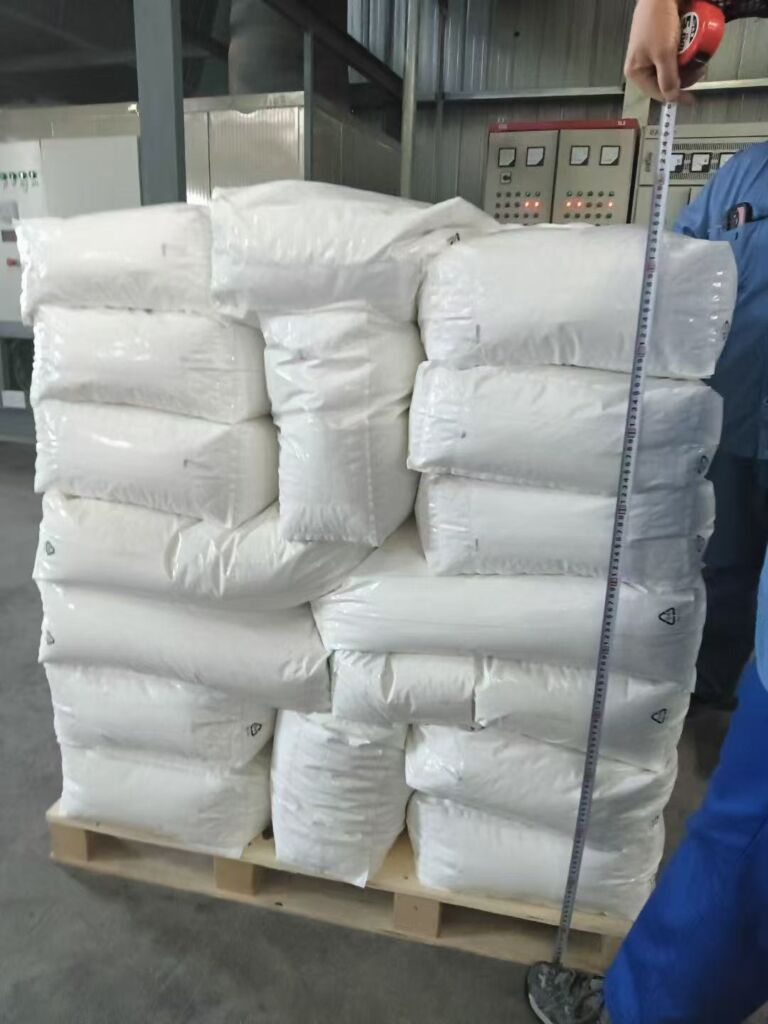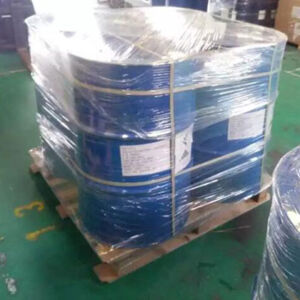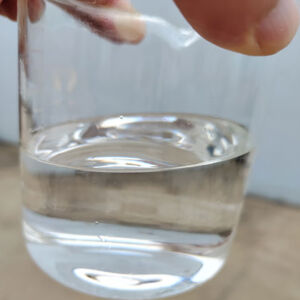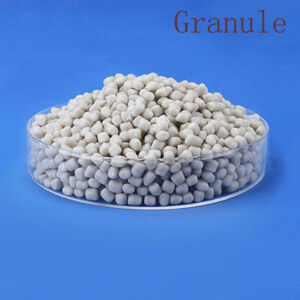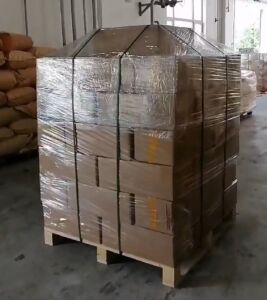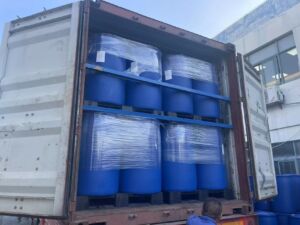According to the ionic properties, polyacrylamide can be divided into four categories:
Non-ionic polyacrylamide (NPAM)
The molecular chain does not contain ionic groups and is electrically neutral.
Characteristics: strong flocculation ability, little affected by pH and salts, suitable for suspension treatment under neutral or alkaline conditions.
Anionic polyacrylamide (APAM)
The molecular chain contains anionic groups such as carboxylate (-COO⁻).
Characteristics: suitable for high turbidity, positively charged suspended particle systems, better in neutral to alkaline environments, often used in wastewater treatment and mineral flotation.
Cationic polyacrylamide (CPAM)
The molecular chain contains cationic groups such as amino (-NH₂) and quaternary ammonium (-N⁺(CH₃)₃).
Characteristics: strong adsorption of negatively charged suspended particles, often used for sludge dewatering, papermaking wastewater treatment and flocculation under acidic conditions.
Zwitterionic polyacrylamide (AmPAM)
The molecular chain contains both anionic and cationic groups, and has the characteristics of both.
Features: It is applicable to a wide pH range and has strong salt resistance. It is often used in complex water quality treatment or difficult wastewater (such as printing and dyeing, chemical wastewater).
Polyacrylamide Flocculants,PAM for Water Treatment
English name: Polyacrylamide, referred to as PAM.
Appearance: Solid: white granules, powder or beads, dry and odorless.
Liquid: colorless to light yellow viscous colloidal solution (water-based).
Molecular weight: usually 1 million-25 million, can be divided into low, medium and high molecular weight types.
Solubility: easily soluble in water, insoluble in most organic solvents (such as benzene, toluene, ethanol, etc.), forming a colloidal solution in water.
- Description
- Product Parameter
- Construction Darwing
- Slection Chart


